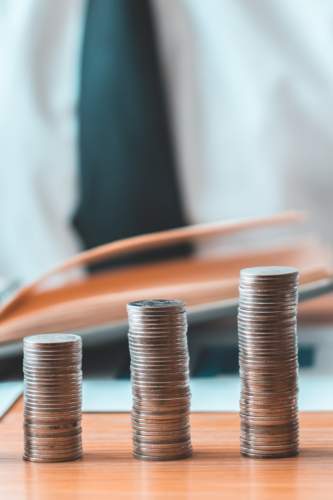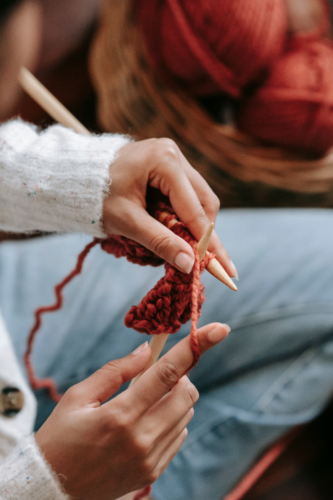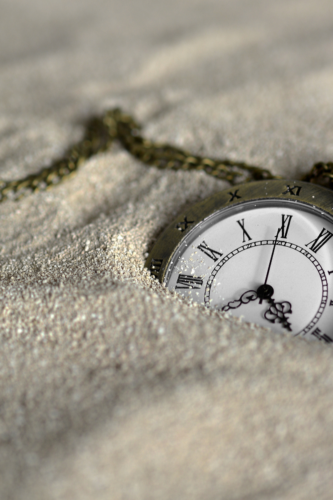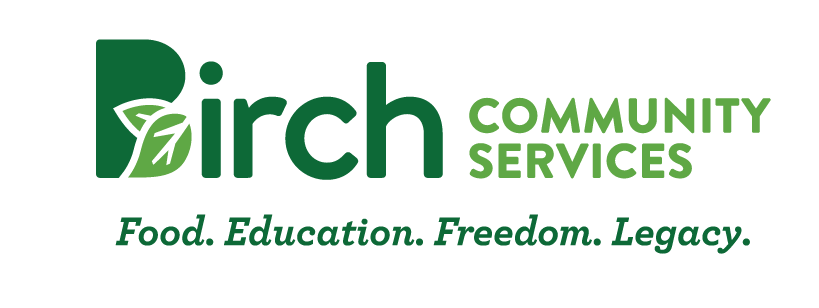It is easy to talk about the importance of being a good steward, but how to be a good steward is far from easy.
In this post, we will cover how to be a good steward of what you have (ie. money, time, talents).


What Does Good Stewardship Mean?
Good stewardship means three things:
- You are aware of the way you currently use your resources
- You have made a plan for how you will use your resources in the future (primarily near-term, because those near-term plans are how you get to your long-term plans). This plan should be in alignment with your values
- You are taking action on that plan
Simple, yes? In theory, probably. But in reality, it takes some work.
Plus, what do we mean by resources anyway?


Resources
Resources can be lumped into three categories:
TIME: the moments, minutes, days, weeks, months and years which you are allotted. None of us know how long we’ll get, and time is the only resource that you can’t buy, beg, borrow, or steal more of, no matter how hard you try.
TREASURE: money, of course, but also a lot of other tangible things–like tools, vehicles, houses, the land your house is built on. Generally speaking, you have to exchange money in order to get these things, but you can also inherit or be gifted physical items.
TALENTS: You may have the knowledge and skill set to turn beans into a tasty soup; turn wood, drywall, concrete and nails into an ADU in your backyard; fix a broken dryer; or do your own taxes. Generally speaking, the broader your skill sets and the more effort you put into learning new ones, the more you’ll save when measured by money. If you can do the work, you don’t have to pay someone else to do it. Your expertise is valuable.
That first step, measuring your resource use, might be the hardest. Resources are slippery things, hard to pin down and quantify in a helpful way. Sure, minutes tick by and dollars get spent on coffee, but how do you collect your own data in a way that shows you your patterns and presents solutions for improvement?


Here are a few tips…
For recording how you use money, try a budgeting app. Or you can just jot down purchases and bill due dates in a notebook. For the analytical, spreadsheets will do the math for you(you can find resources for this on our Financial Literacy website). And I do mean every little purchase. If you want to know where your money goes, you’ll have to keep a record. You’ll start to see your patterns quickly.
For recording how you use time, make notes in half-hour increments. This exercise is best done the old-fashioned way, with pen and paper. If you pick up your phone to tap in a note, you’ll introduce about a thousand possibilities for distraction that won’t help you complete the exercise.
For recording how you use your talents, try billing yourself as the plumber or electrician or chef or certified public accountant would, at $X per hour. How much did you just save yourself? Are you able to bless friends and family with your expertise, essentially donating your valuable time and skill set to them? (I don’t recommend sending them your imaginary bill, but knowing that number will give you some hard-earned satisfaction.)


Values
You can see that as we go through life we’re usually exchanging one resource type for another. For example, if my dad fixes my dryer, he has donated his time and talents in exchange for my money. (Good deal for me!). If you pay someone to clean your house, you’ve exchanged your money to free up time that you can now use in a way that you’d prefer over scrubbing the toilet.
We’re making these decisions all the time, and probably aren’t particularly aware of them at any given moment. This is where Step 2 comes into play. You know how you ARE using your resources, if you’ve been measuring for the past week or two. But how would you LIKE to use your resources?
And the answer is VALUES.
The more closely you can align your resource use with your values, the greater satisfaction you will have in life.
Identifying your values requires some hard thinking–about who you would like to be, the type of person you want to be known as by others, what you consider worthwhile in life. Generally, values are most helpful when they are phrased as WHO YOU ARE (or want to be), your identity. (i.e. your Family Vision)


Goals
What you DO is a separate category, known as GOALS. And goals are based on who you are, your values.
And then you compare your resource use against your values.
So for example, if my values are to be:
- a quiet and gentle soul
- a wisdom seeker
- an explorer
- a true friend
- a good steward
And yet if I haven’t done anything or been anywhere outside of work or household chores or church for the past two weeks, then it’s pretty obvious that I’m neglecting my value of being an explorer. So what am I going to do about that?
This is where you make a plan to support your values with your resources. So I’m going to block out a time on my calendar on Saturday to take the dog to the river so we can both do some exploring. (Hint: by blocking the time on my calendar, I have set a GOAL for myself. I’ve made it tiny and easy, and hence ultimately doable.)
And then, of course, on Saturday, I actually do it. This is possible because I blocked out that time on my calendar and reserved it for this long-neglected value. Which is Step 3–taking action on the plan.


Take Action
When you do this, over and over, for every little task and every big responsibility that show up in your resource use tracking as compared to your values–when you trim the things that don’t support your values and add the things that do, you’ll bring your actions (and your attitude) into alignment with your values.
And that, my friends, equals a satisfying life. It’s not elusive–it’s right there in front of you, if you will take the time to see it (tracking) and set easy goals.
Stewardship doesn’t have to be big. You don’t have to make grand gestures. In fact, it’s easiest and most effective to start small. The little changes become habits, and they change your world.


